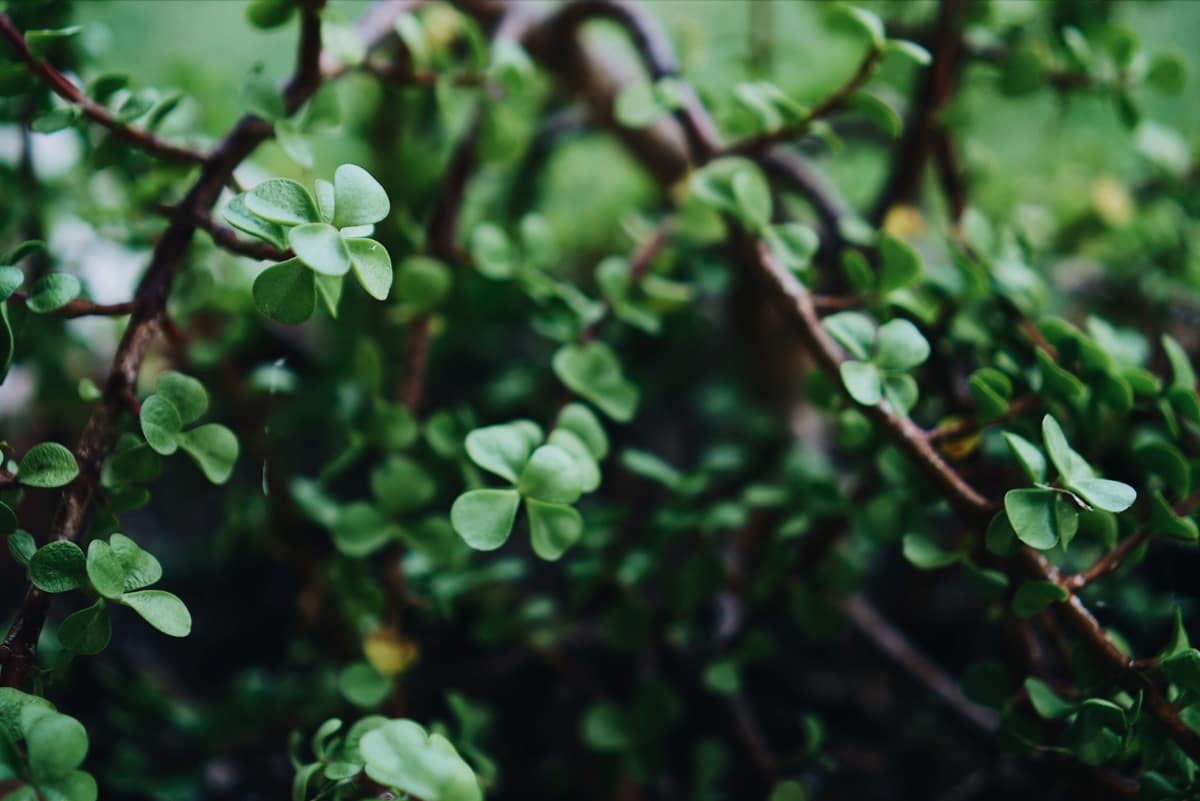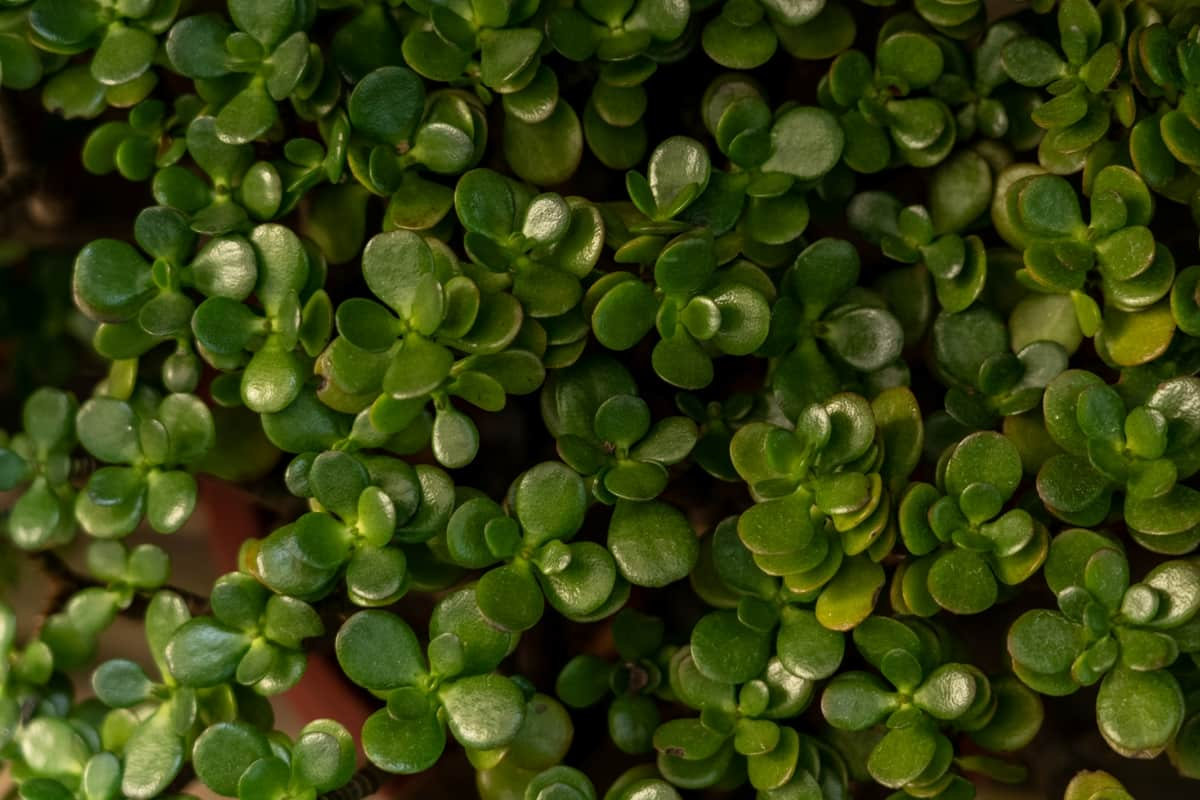Large succulent plants offer a multitude of benefits when added to your garden. Their unique and striking appearance adds a touch of elegance and beauty to any outdoor garden.

10 Best Large Succulent Plants
Aloe Vera
It is one of the most popular succulent plants you can add to your garden. Its thick, fleshy leaves and soothing gel make it a beautiful addition and offer numerous benefits. One of the main advantages of growing aloe vera is its medicinal properties. Aside from its healing properties, aloe vera is also easy to care for. It thrives in dry conditions and doesn’t require much water or maintenance.
Agave Americana
Agave Americana, also known as the century plant, is a stunning succulent that adds a touch of drama to any garden. This plant will make a statement with its thick, fleshy leaves and impressive size. One of the unique features of Agave Americana is its ability to grow in various soil conditions. This resilient succulent can thrive whether your garden has sandy soil or heavy clay. Its adaptability makes it an excellent choice for both novice and experienced gardeners. If you’re looking for a low-maintenance plant addition to your garden that will provide year-round interest, consider adding Agave Americana.
Jade Plant (Crassula Ovata)
Jade Plant, scientifically known as Crassula Ovata, is a popular succulent that has won the hearts of many gardeners. It can be one of the large succulent plants indoors and outdoors, making it suitable for any space. Its compact size makes it ideal for small gardens or balconies with limited space. If you’re new to gardening or simply looking for a low-maintenance plant that still looks fabulous, look no further than Jade Plant. It requires minimal care and attention while still providing maximum beauty and charm.
In case you missed it: 10 Best California Native Succulents to Add to Your Garden

Echeveria ‘Perle Von Nürnberg’
It is a captivating succulent that effortlessly adds a touch of elegance to any garden. With its evergreen gray leaves, this plant offers a beautiful contrast against other greenery. When exposed to ample sunlight, Echeveria ‘Perle Von Nürnberg’ showcases vibrant hues of pink and purple. It’s as if nature took out her paintbrush and delicately added these enchanting colors to the succulent leaves.
This natural phenomenon not only adds visual interest but also creates an element of surprise in your garden. Aside from its aesthetic appeal, Echeveria ‘Perle Von Nürnberg’ is relatively low-maintenance, making it perfect for novice and experienced gardeners. As with most succulents, it thrives in well-draining soil and requires minimal watering.
Kalanchoe Beharensis
It, also known as the Elephant’s Ear Kalanchoe, is a striking succulent plant that will add a touch of drama to your garden. This plant demands attention with its large, paddle-shaped leaves covered in soft velvet-like hairs and edged with toothed margins. Native to Madagascar, Kalanchoe Beharensis thrives in hot and dry conditions. Its thick leaves store water, making it highly drought-tolerant. This means you don’t have to worry about constant watering or maintenance.
In case you missed it: What is Succession Planting and How to Succeed with It

Not only is Kalanchoe Beharensis visually stunning, but it also has medicinal properties. In terms of care, this plant prefers well-draining soil and full sun exposure. Just be sure not to overwater it or let it sit in soggy soil. With its unique appearance and low-maintenance nature, Kalanchoe Beharensis is a fantastic addition to any succulent collection or garden landscape.
Senecio Mandraliscae
Senecio Mandraliscae is an excellent choice for creating a low-maintenance yet visually appealing garden. Its unique blue-green color adds a touch of coolness and tranquility to any outdoor space. Whether you have a large yard or a small patch of land, this ground cover will thrive and spread quickly, filling empty spaces with dense foliage.
One of the best things about Senecio Mandraliscae is its ability to withstand drought. This makes it perfect for areas with limited water resources or regularly forgetting to water their plants. Not only does Senecio Mandraliscae provide aesthetic appeal, but it also serves as an effective erosion control plant. Its growth habit helps stabilize soil on slopes or areas susceptible to erosion. Its shallow root system also means less competition with other plants in your garden.
Sedum Morganianum
Sedum Morganianum, the donkey or burro’s tail, is a unique and beautiful succulent plant from southern Mexico. Its long trailing stems are adorned with small, fleshy leaves that resemble the braids of a donkey’s tail. This distinctive feature makes it a popular choice for hanging baskets. One of the fascinating aspects of Sedum Morganianum is its ability to store water in its leaves.
This adaptation allows it to survive in dry conditions and makes it an excellent choice for those looking for low-maintenance plants. Sedum Morganianum prefers bright indirect light and well-draining soil. It is important not to overwater this plant, as excessive moisture can lead to root rot. Allow the soil to dry out and provide occasional misting during the hot summer months.
Aeonium Arboreum
Aeonium Arboreum, or the Tree Aeonium or Irish Rose, is a stunning succulent plant that brings elegance to any garden. With its rosette-shaped clusters of vibrant green leaves, it will catch the eye and become a good large succulent plant for the outdoors. One of the most striking features of Aeonium Arboreum is its ability to change color depending on its environment. In cooler temperatures or periods of drought, the leaves take on a deep burgundy hue, creating a beautiful contrast against the other plants in your garden.
This large succulent can grow up to three feet tall and wide, making it a good choice for adding height and structure to your landscape design. Its architectural form adds interest and creates visual appeal when planted alongside other succulents or low-growing ground covers. Like many succulents, Aeonium Arboreum is easy to care for and requires minimal maintenance. It thrives in well-draining soil and prefers full sun but can tolerate partial shade. Ensure you water it sparingly during the summer while allowing the soil to dry out between waterings.
Crassula Ovata ‘Gollum’
The Crassula Ovata ‘Gollum’, also known as the Jade Gollum plant, is a fascinating succulent that adds a unique touch to any garden. The Jade Gollum plant can grow up to 3 feet tall and has small star-shaped white or pink flowers that bloom during late winter and early spring. One of the best things about this succulent is its low-maintenance nature.
In case you missed it: Top 10 Edible Cacti and Succulents You Can Grow Indoors

It thrives in bright indirect sunlight but can tolerate some shade as well. The Jade Gollum plant prefers well-draining soil and only requires watering when the top inch of soil feels dry. Overwatering can cause root rot disease, so it’s important not to let this beauty sit in waterlogged soil.
Yucca Elephantipes
Yucca Elephantipes, also known as the Spineless Yucca or Giant Yucca, is a stunning addition to any garden. With its tall, sturdy trunk and long, sword-shaped leaves, this large succulent plant adds a touch of architectural elegance to outdoor spaces. One of the main benefits of growing Yucca Elephantipes is its ability to thrive in various climates. Whether you live in a hot desert region or a cooler coastal area, this resilient plant can adapt and flourish. It is also drought-tolerant and requires minimal watering once established, making it a good choice for low-maintenance gardens.
Conclusion
Succulents require minimal care and attention. They are known for their ability to store water in their leaves, stems, or roots, which means they can survive in arid conditions with little watering. Large succulent plants are excellent at conserving water due to their specialized anatomy. Their thick leaves and fleshy stems enable them to retain moisture efficiently, reducing the need for frequent irrigation. This saves you time and helps promote sustainability by minimizing water usage.
- Feed Your Flock for Less: Top 10 Tips to Save on Chicken Feed
- Ultimate Guide to Ossabaw Island Hog: Breeding, Raising, Diet, and Care
- Hatching Answers: The Top 10 Reasons Your Chickens Aren’t Laying Eggs
- Eggs and Economics: Breaking Down the Cost of Raising Backyard Chickens
- Defend Your Greens: Proven Methods to Keep Iguanas Out of Your Garden
- Ultimate Guide to Cinnamon Queen Chicken: A Comprehensive Guide for Beginners
- Ultimate Guide to California Tan Chicken: Breeding, Raising, Diet, Egg-Production and Care
- Ultimate Guide to Marsh Daisy Chicken: Breeding, Raising, Diet, and Care
- 10 Types of Chicken Farming Businesses You Can Start for Profits